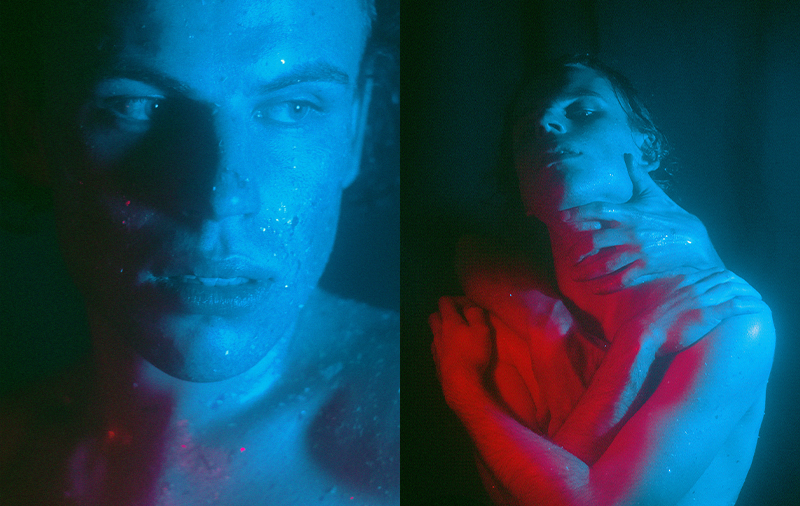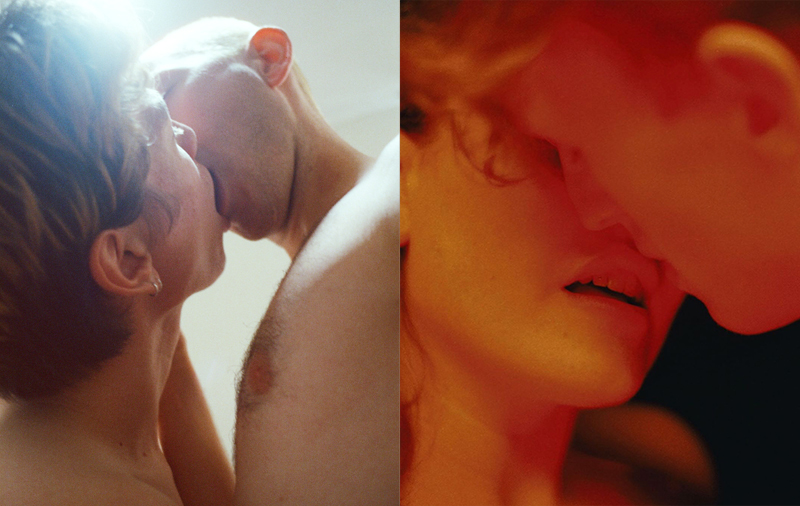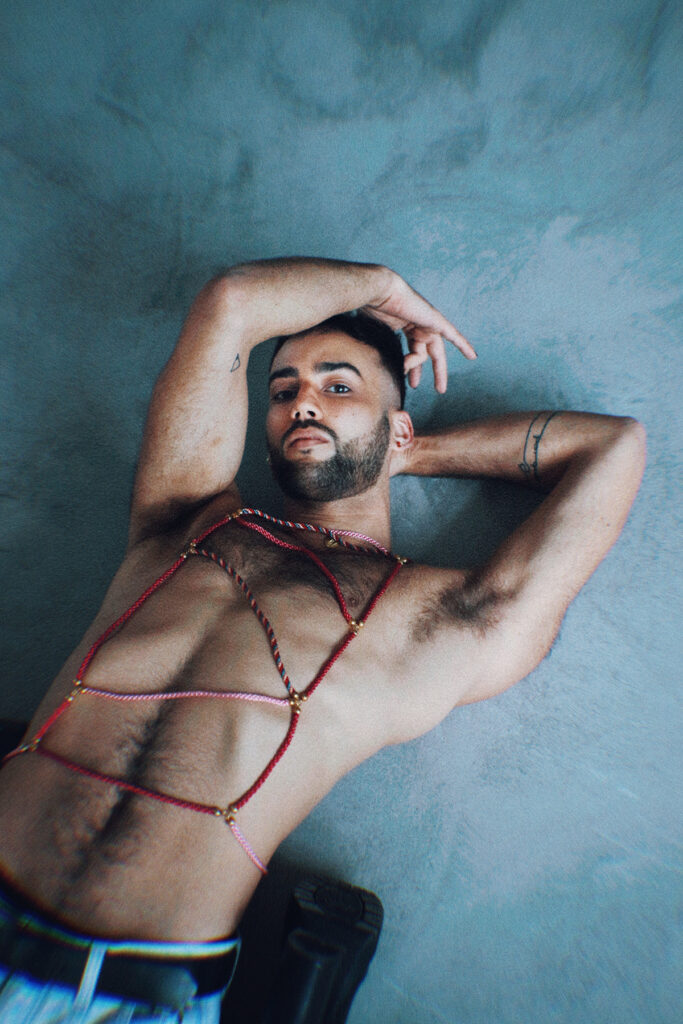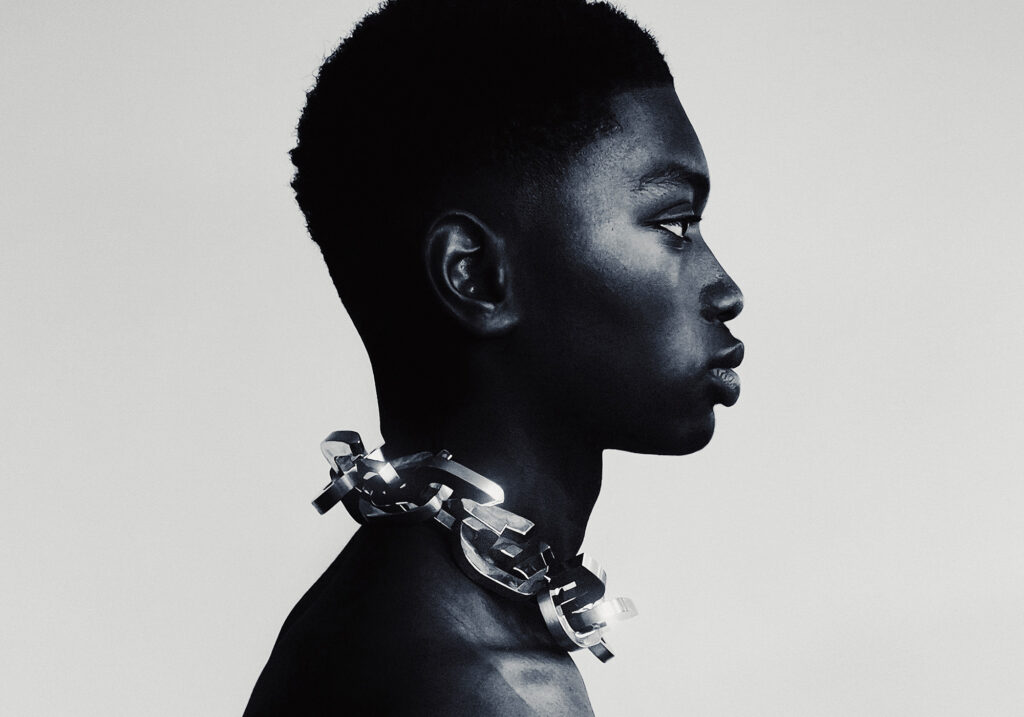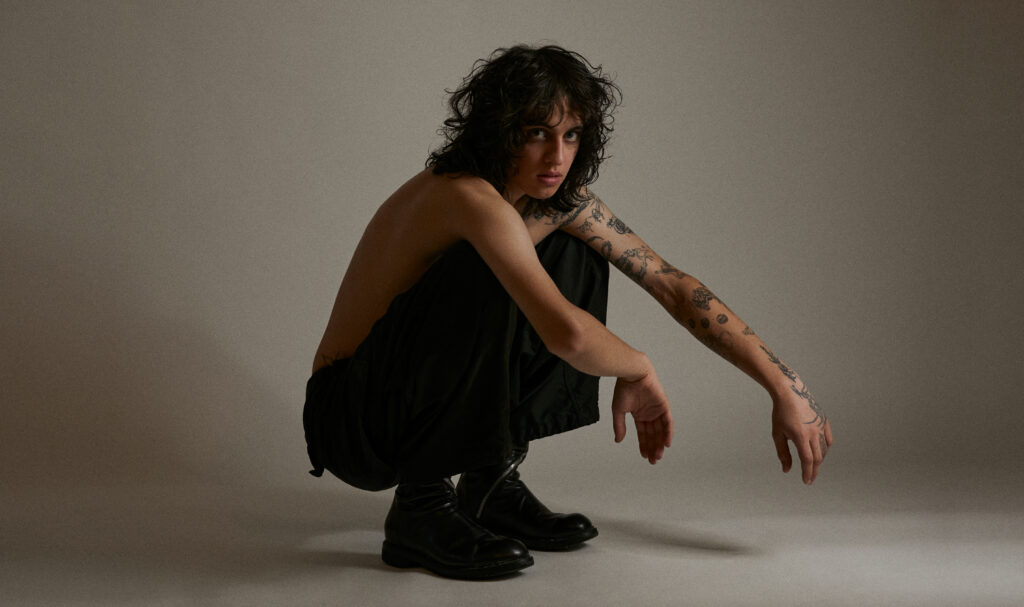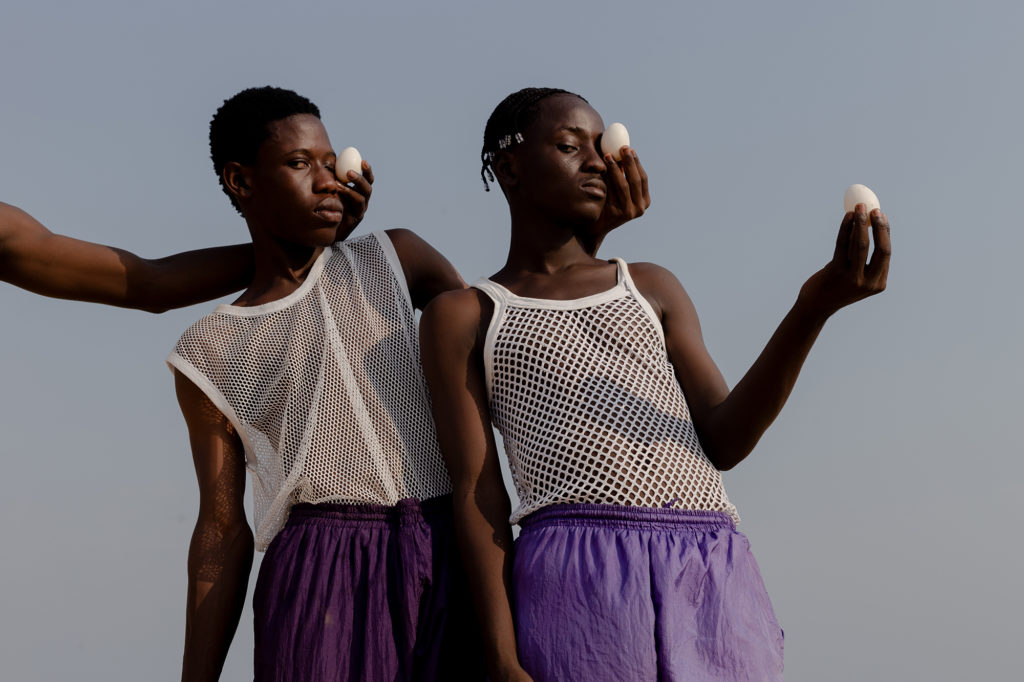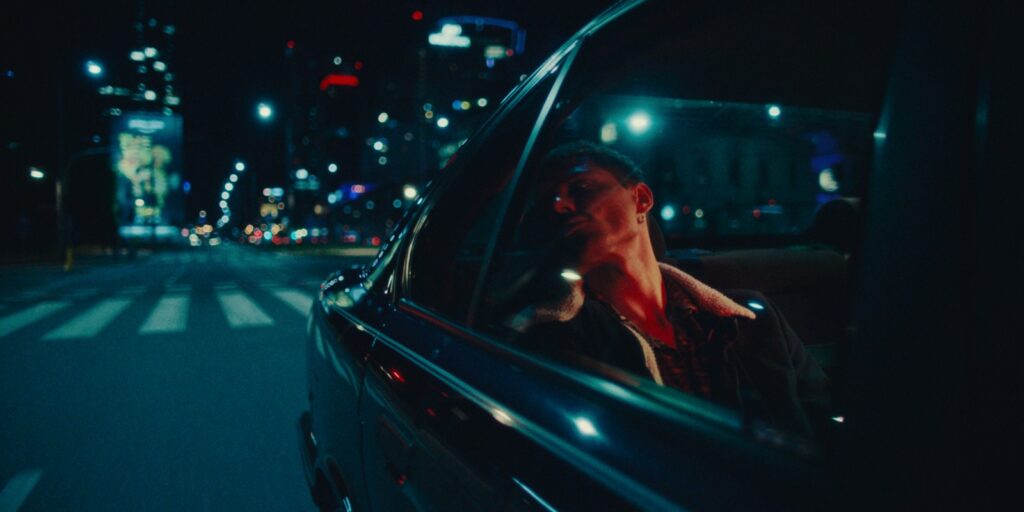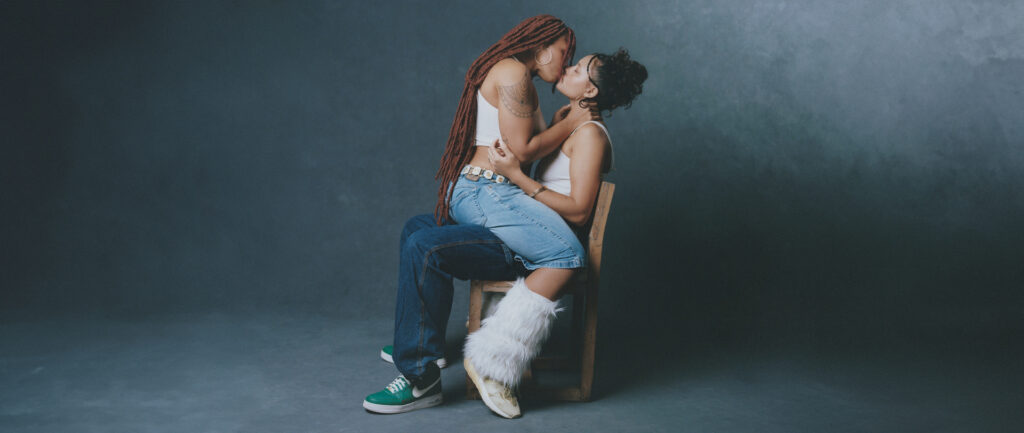“If something seems too imaginary to be documentary yet too real to be completely made up, I’m home” – born in Denmark and now based in New York, Asger Carlsen created a surreal hyper-reality inhabited by trans-species multi-headed monsters, crudely constructed wooden-legged figures and other fairly disturbing creatures. In conversation with Container Love, Asger told us about his years working as a crime scene photographer, the proper way of crashing careers and how living in a world of woe can lead us to do great things.

You started your career in photography as a crime scene photographer. How did it affect the way you’re thinking about perspective and composition?
It was around 1991 when I started working for various newspapers as a freelancer – or stringer as they call it. I knew I wanted to do something with photography and images in general. I was so young, maybe 16 years of age and it seemed like a good way to get into this field and make a living out of it.
In crime scene photography if you’ve got a police scanner you could be at the right place at the right time – you could build up a career. It’s the sort of business where you gotta invent yourself. I think it’s true for art in general: you can go to a school, do your studies and everything, yet you still need to find your own way to do things.
How aware were you of this process?
Even though there are now a couple of decades between me being a crime scene photographer and what later on became an art career, there is definitely my perception of reality that remained with me ever since.
One usually experiences things in a retrospective view. You do something without knowing what it is or where it will lead. You’re doing it only because you have a notion, then the narrative sort of forms itself at a much later point.
How can one revisit these memories?
The Wrong project is based on images that I saved on my harddrive for many, many years not knowing what to do with them. Then suddenly, the whole thing came together when I wanted to do more studio work rather than going out and photographing things. I wanted to set limits and get creative with what I’ve got.
The Wrong project actually started with me discovering other photographers a decade before. I love the surrealist movement. And I love Roger Ballen’s idea of utilizing photography. He built sets in his studio and then presented them as real life setups: it’s the fictional and the mundane colliding. It took me a long time to realize that I can actually do something like that, then it took me even longer to figure out how.
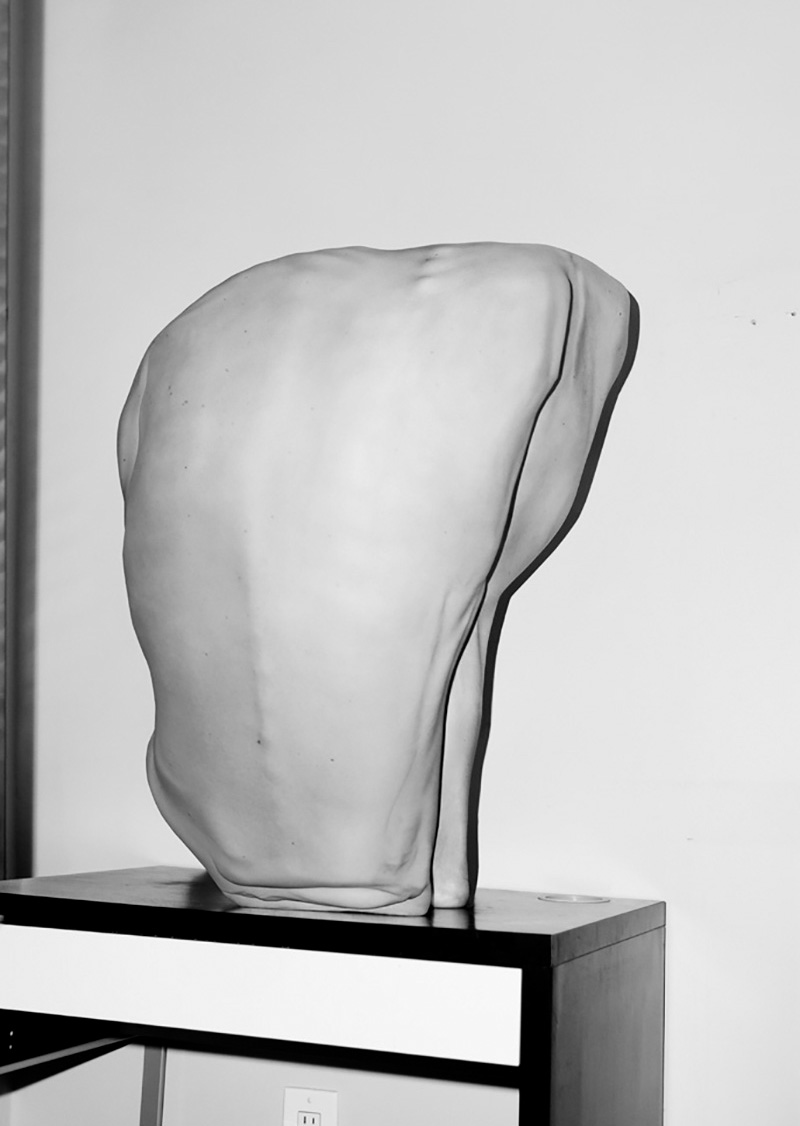
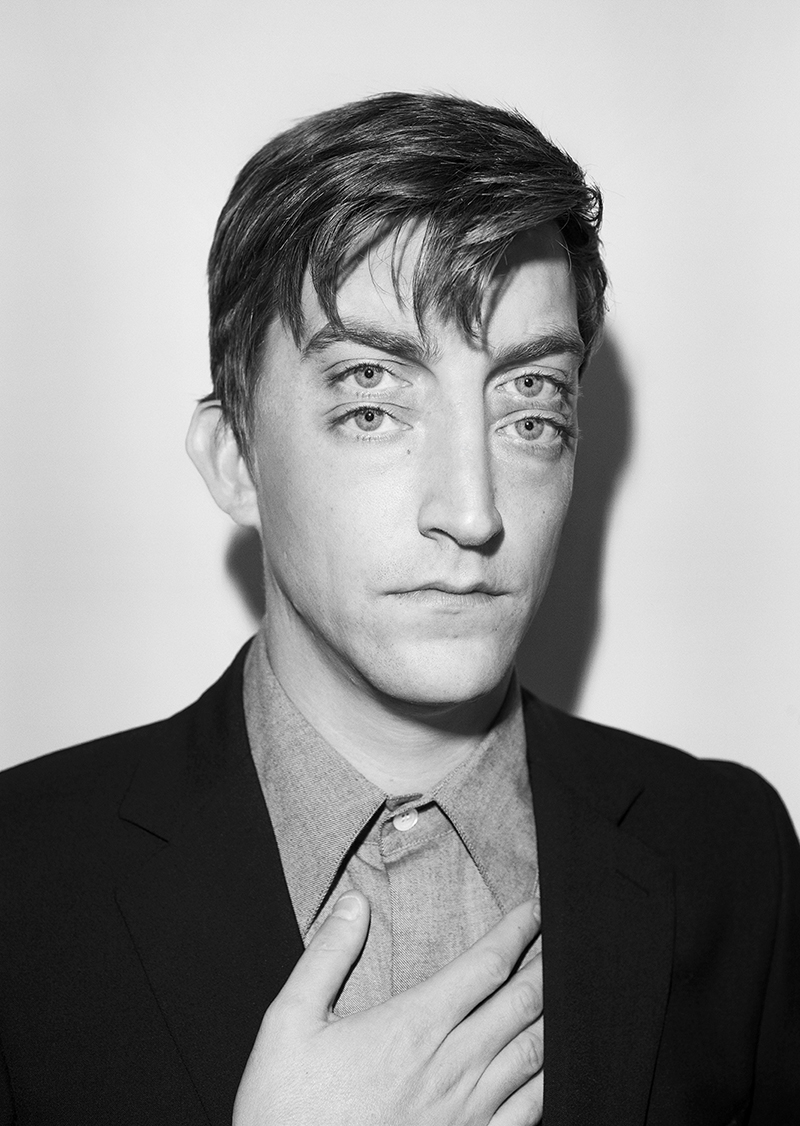
What did you like the most about this process?
There were a lot of trials and errors. Accidents that maybe weren’t accidents after all. I was playing with the idea of using post production to divert the narrative.
I remember, sometime in the early 2000’s, before I moved to the US, I was in New York City, walking around and taking these random photographs. I went home and enlarged the heads of these people on the images so they had these slightly grotesque looks. I knew it wasn’t powerful enough and I wasn’t sure why I was doing it. Especially since at the time, photography was really defined by the German school. You wanted to shoot at least medium format – it was all about the William Egglestone-experience.
Then there was me, using the stamp tool a lot, being both embarrassed and sort of shocked by it. In Denmark, I showed my experiments to one photographer and I still remember, he got back to me: This is insane. What are you doing?
I had a friend at one gallery in my hometown of Copenhagen and they were just putting together an exhibition. He asked me to contribute something. I sent them these images and they said, these are great. So I did that show which – now I know – started everything for me.
Why wasn’t it clear for you at the time?
At that point, I had just moved to New York City and signed up for a big commercial agency. My commercial career was taking off, things were going and my portfolio was tuned to get me commercial gigs. Commercial photography is really about showing direct applications to the clients. If you wanna photograph beer bottles, you oughta have pictures of beer bottles.
My photos, they do have a lot of narratives, yet they don’t conclude anything. These photos may leave more answers than questions and this is not a good idea for a commercial career.
I needed to choose. I crashed my career and that was okay: that way I could do more and more projects. To do something like this, you gotta believe in your intuitions as well as accidents and think they’ve got a meaning.
What sort of role did the Wrong project play in this transformation of yours?
The photos of the Wrong project, they do draw from the quality of understanding reality and being open to how reality can be diverted.
For example, in that series, I have an image of a guy, a senior male in his living room looking at his dog. That’s just a photograph I took sometime in Florida. How do you introduce another story, another layer to the bare fact of reality? Add an element that diverts the story and people will begin creating whole new narratives on their own.
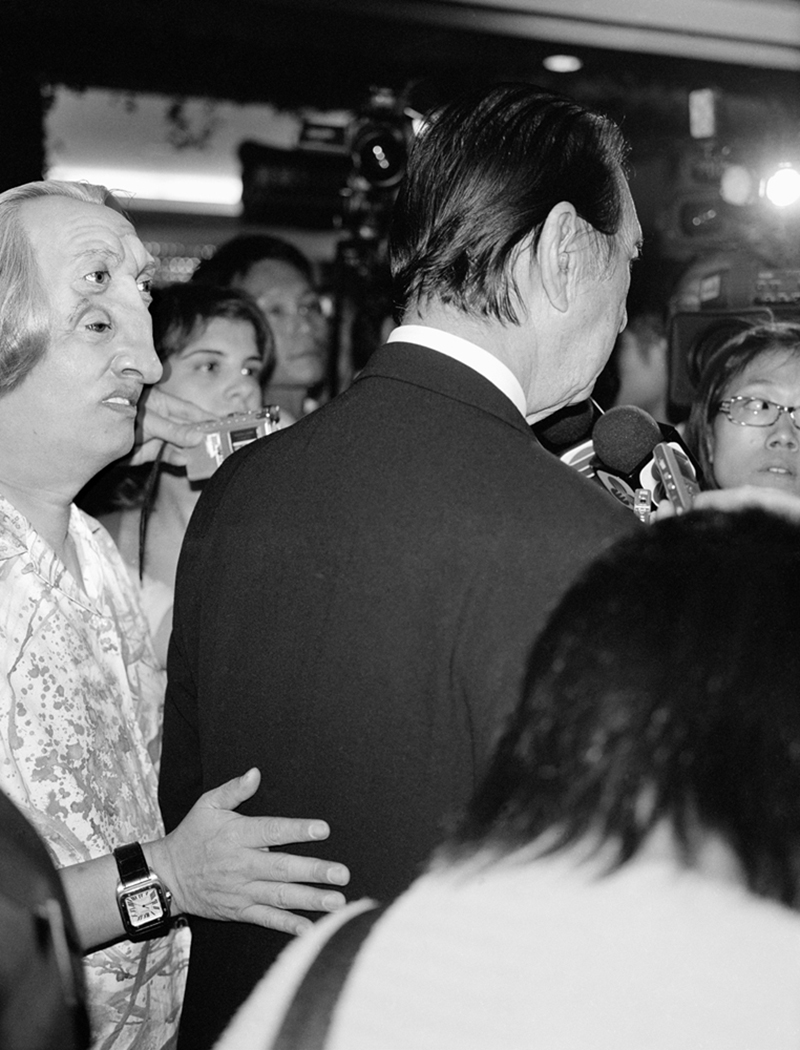
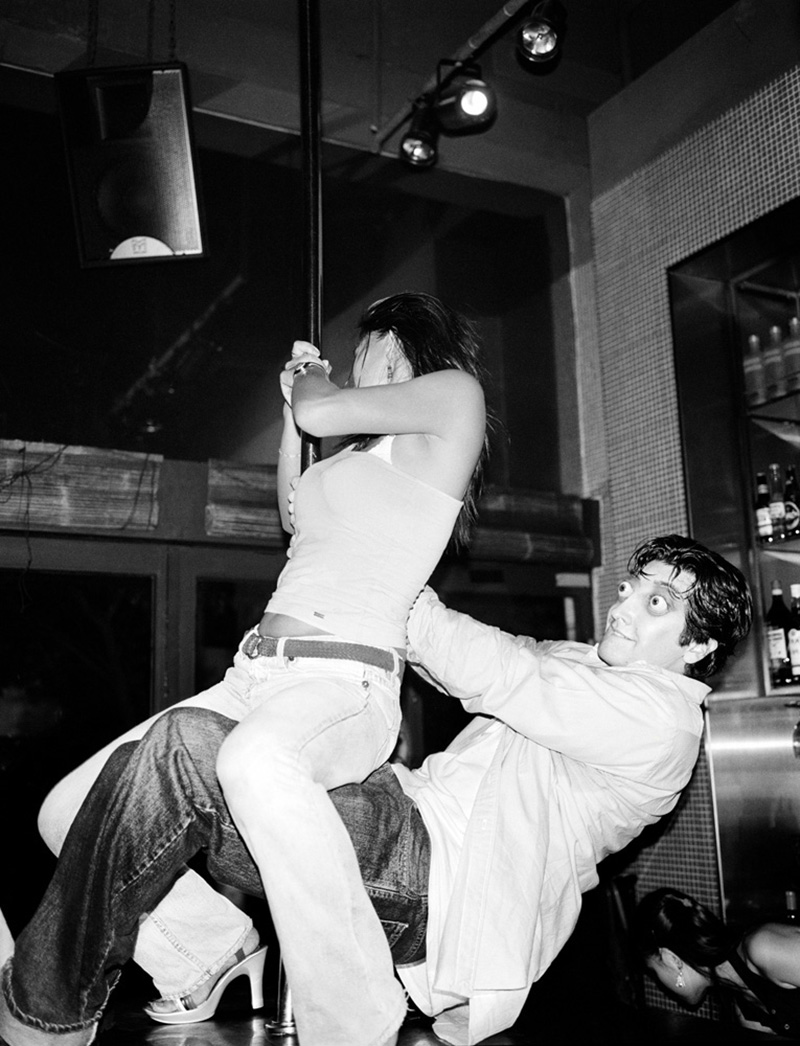
How do you build up a scene?
I was thinking about how I could introduce these elements to the pictures. I went to the craft store, to the hardware store or to the butcher, any place where I could find parts, and I would build objects. Then I photographed these objects and inserted them into the images. It was a very open process. A very exciting way of working in a time that was indeed very exciting for me: discovering this whole new side of myself and a new potential within my career.
You work across very different mediums. How do you know if you’ve found the matching medium for an idea of yours?
I don’t think mine is very different from a painter’s point of view: you make a line, then you make another line, then it’s all about believing in what you’re looking at. Trust it that it will correspond. A lot of people probably recognize this process of going too far, then pulling everything back almost to the point where you started. That’s part of creation.
How do you save and preserve ideas?
An idea is mostly based on a feeling, thus it’s hard to pinpoint where it came from. This feeling can come with some sort of awkwardness, even discomfort. To be honest, melancholy is a big aspect of my work. And not feeling like you belong to the world can be rather discomforting.
To work, I have to be in good spirits. I cannot be depressed, but my inspiration has to originate in this state of melancholy. Let’s face it, there is more narrative, there is more to work with in that area. For me, it’s usually an image that comes to my mind: I see a shape, or a situation and I try to hold on to it, keeping it very open.
You do something but you shouldn’t go too crazy, because with Photoshop it will only work if you keep it at a low level.
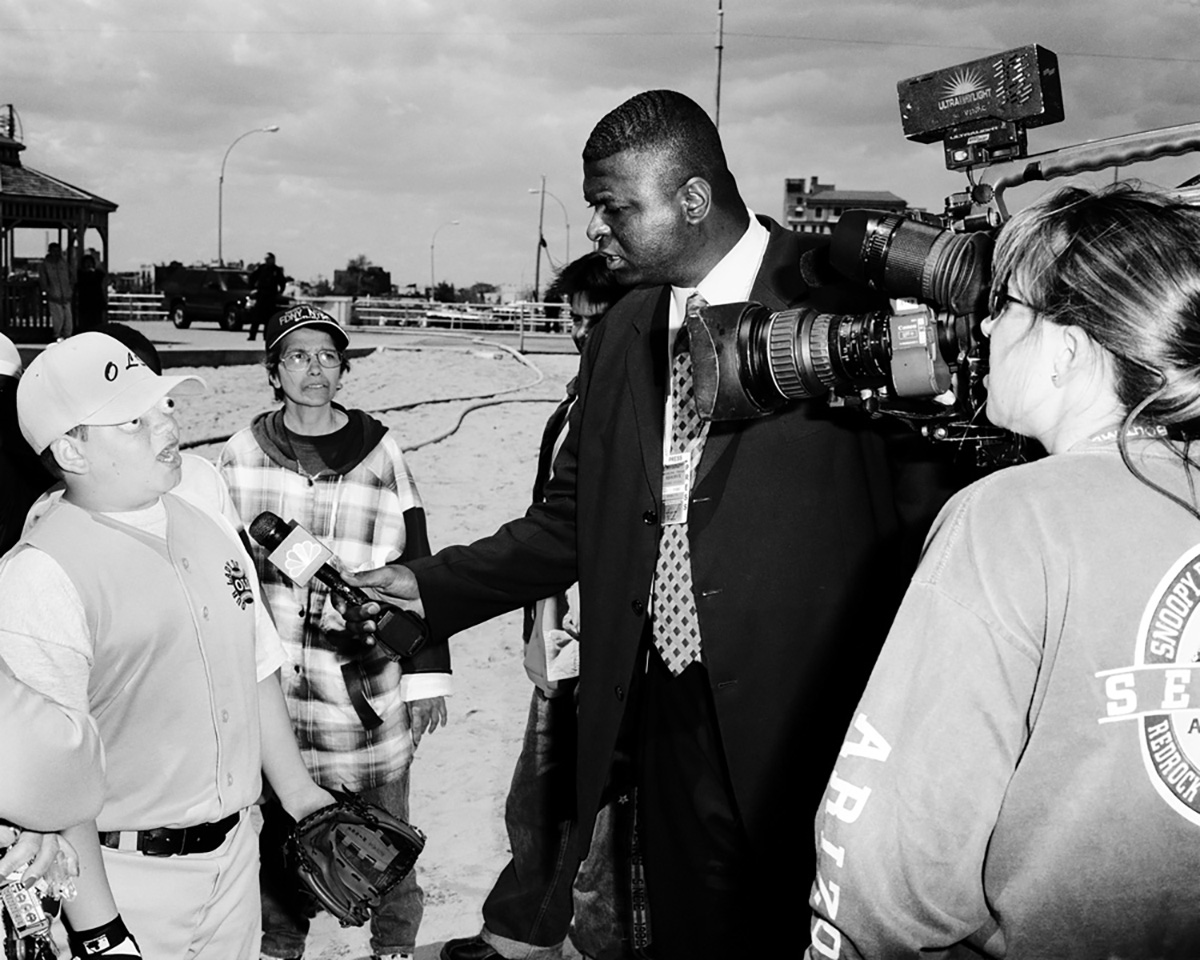
How do you decide when a picture is ready or not?
It’s a lot of time figuring that out. You create an image, you print it out and you hang it up on the wall and you look at it you’re like ‘yeah, this is really something’. Then you come back the next day, you look at it and then you think it’s too pretentious, there is way too much reference in it.
It’s important for me not to have any reference to handicaps or physical illnesses, as I want to remain floating between the concrete and not concrete. If something seems too imaginary, to be documentary yet too real to be completely made up, I’m home.
What do you think, how has people’s attitude towards mysteries, the unknown, the unseen, the unspoken changed in the age of digitalization?
When I started my projects, it was a totally different climate to work in. I remember, when the Wrong project catched more attention, many criticized that these photos are disgusting, even disturbing.
I’m trying to be a nice guy and I don’t want to be perceived as a creep, but there is something about trusting curiosity that is very important to me. At the time the world saw these photos as sort of extreme. Now, a decade later, I think the project looks very innocent.
Is it a good thing that it takes different efforts today to make people feel uncomfortable?
This has a lot to do with technology, with the image stream that we’re living in. Image culture has evolved so much just in the past couple years.
It’s supposed to be about tolerance, culture and perception. I don’t know if it’s based on a prudent idea, but we sort of became detached, uncomfortable with the human body.
As a crime scene photographer in Denmark, I used to work for the worst kind of newspapers, tabloids. People injured, bleeding, dead or alive, you’d photograph it and the newspaper would bring it. There were almost no limits to what they wouldn’t bring.
Now, when I look at those newspapers, all these images have now disappeared. If there is a picture or video from a crime scene, it’s done from such a distance that they don’t really show anything. When I did this, this was hardcore.
I just find it kinda interesting that the press is now claimed to be more moral, eager to set a good example supporting freedom of speech. And yet when you have freedom of speech, you can’t keep your distance, you gotta show everything.
Also, images are moving really fast now. One better doesn’t think that because he’s made an image that is gonna stay there forever. A lot of your work goes right out of the window in this constant stream.

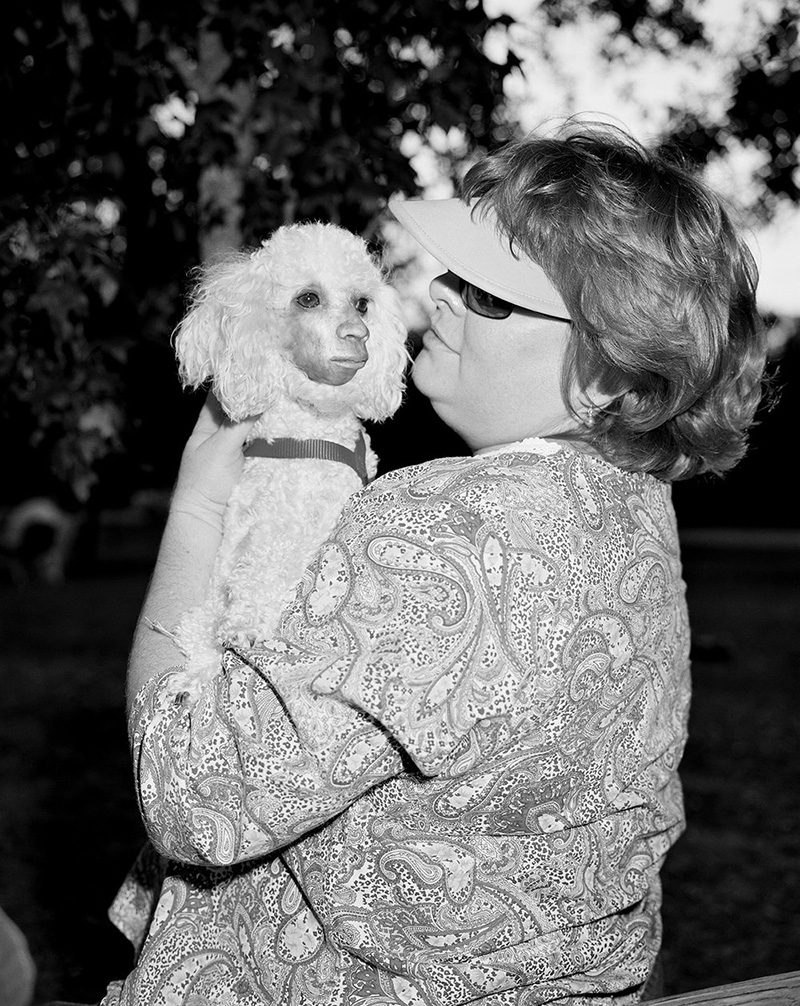
Is digital technology still purely a tool to you?
Yes, it is. But it’s changed so much. When I started working for the newspaper, the joke was that one day you’ll be able to see the images you took on this little screen on the camera. And it was a genuine, total joke, no one believed in it.
When Photoshop came out in 1997 and I started working with it, no one really knew what it was capable of or how to use it. It was invented for commercial beauty, to do plastic surgery. It was a commercial tool and I still don’t think that we know its limits – I’m sure it can be used many more different ways that we haven’t even thought of yet.
Around 2010, there was a whole movement built around it: a lot of collages and misuse, but it was still interesting to see people using Photoshop in ways that must have been really not okay in the mind of the developers. The body can be altered, but with all the technology present, it’s not shocking anymore.
Is normalization the most frightening thing about digital culture and technology in general?
I find it incredibly great for the world that it’s moving into a better direction when it comes to gender and race equality, all that stuff. But one thing that sort of discouraged me as an artist is that everything has become mainstream, there is no subculture anymore due to technology.
I do think that there is some excitement that’s been lost with the ability of a group of people to operate in a more secret way within society. I don’t wanna sound like an old idiot, but the idea of going into hiding, working on a subject and then presenting it is impossible now, that everything is on the surface. The artist’s job is to form alternative options of how life should be viewed or interpreted.
For me, that’s exactly what’s exciting about it. If I want to know what’s going on with Brexit I go on the Guardian and read about it – these practical institutions will stay with us for sure, doing their jobs, but the artist’s part is being redefined to the point where no one will know what an artist is. I’m not even so interested and stubborn about this title anymore as I used to be. I don’t put so much ego into it.



